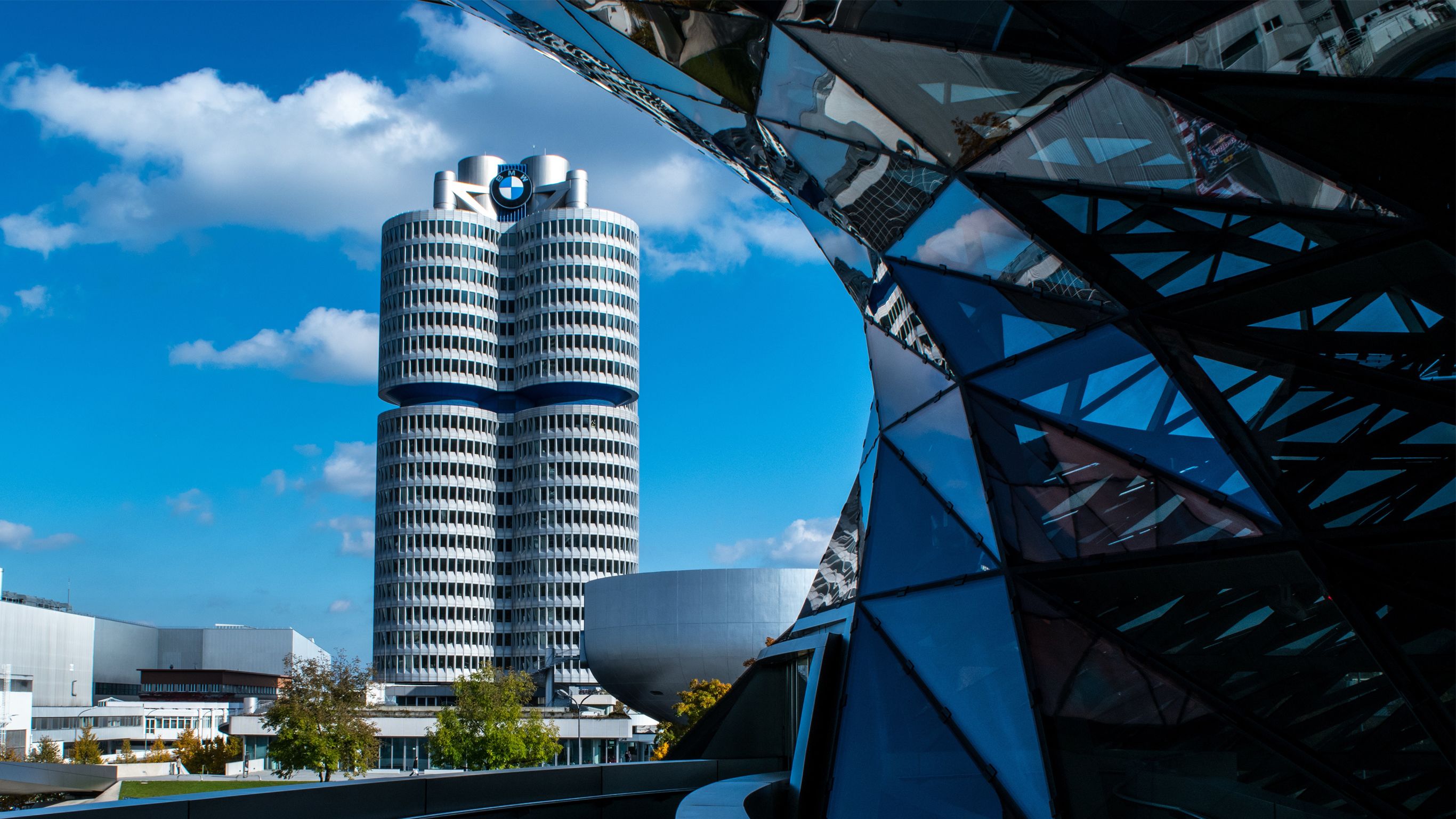
BMW Buildings
Back in the late ‘80s and early ‘90s, me and my mates were into our cars and we loved tinkering with them. Adding bits and even changing engines was quite a regular exercise. My first car was an escort Mk1 1300e.
For the younger readers, the ‘e’ made it a cut above the rest. I loved that car.
From a technology perspective, there wasn’t much. Again, we would add our own ‘technology’ such as radio cassettes and speakers. I added a clock and alarm to my 1300e and some lights on the front which would have illuminated St James’ Park.
Fires or burning smells were a regular occurrence as we were even
worse electricians than mechanics! Our tool of choice was a hammer and our Bible was the Haynes Manual, which told us everything we needed to know to sort out any problem.
From a design perspective, these cars were designed on a drawing board and assembled on top of a chassis. Effectively the engine was dropped into a hole in the front and the wheels were attached to the chassis and connected to the drive shaft (bear with me I’ll get to buildings.)
I have now moved up in the world and drive a Mini. Not like the ones my mates had, by the way, which were even more basic than my escort.
My Mini is so high-tech. I certainly would not go anywhere near the engine compartment, which is a sealed unit. I don’t think they have a Haynes manual for a Mini Cooper or that anything can be fixed with a hammer.
The built-in technology is amazing. It tells me when I need to get a service and when my tyres need to be inflated.
The most amazing thing is that when I take it in to be repaired, they do it with a laptop.
When we look at buildings today, I think they are equivalent to my 1300e. We design nice looking spaces and we stick on the technology. In most buildings it is not considered in huge detail. For example, do we consider sensors or cameras at the outset? What about photovoltaics or solar heating?
As architects, we usually let the mechanical or electrical engineer stick these things in. Technology can now have a huge impact on how we use buildings for the better. It will undoubtably impact on the physical space and how we design.
Let me give you an example that inspired me to write this blog.
A friend of mine works for the NHS monitoring care facilities in the private sector. She regularly sees people suffering from a poor level of care. All of this is down to staffing and very, very rarely the building design. She does say that the buildings are actually beautiful.
However, this is not their problem. The issue is around delivering the care. The challenge therefore for us as designers is what can we do to help improve this situation.
Could we re-organise spaces and integrate technology to solve the problem?
Taking the 1300e example, the car industry had a big issue with maintenance. What they did to solve this problem was build sealed units with clever tech to make their cars more reliable and stopped the backstreet garages tinkering with them.
At Space Architects we have been working with the University of Stirling around dementia design for the past few years. We have discussed the challenges with many very clever academics, and they all believe technology will be essential in allowing us to address the growing challenge, but they have been very clear that it must be discrete and considered.
I think as designers we need to be thinking more along the lines of a Mini and move away from the 1300e. Technology must be integrated into our buildings and considered as to how it will impact on the spaces we design.
Author
Rob Charlton
